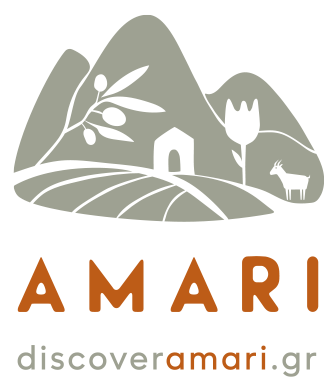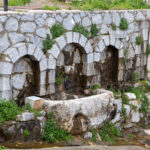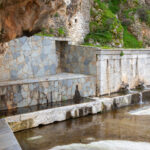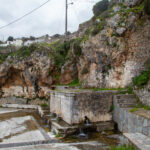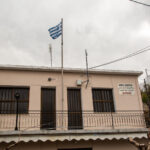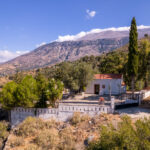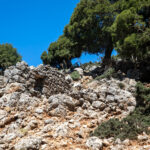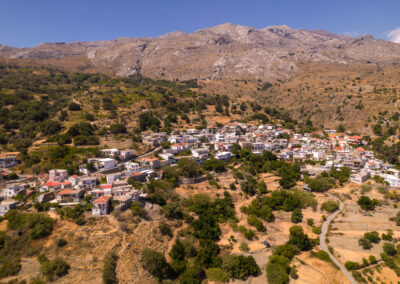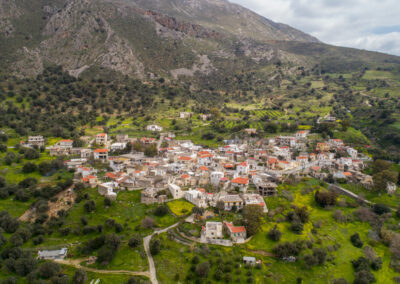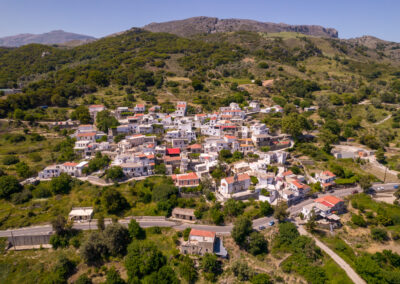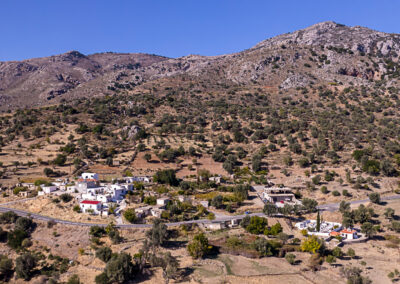Nithavri
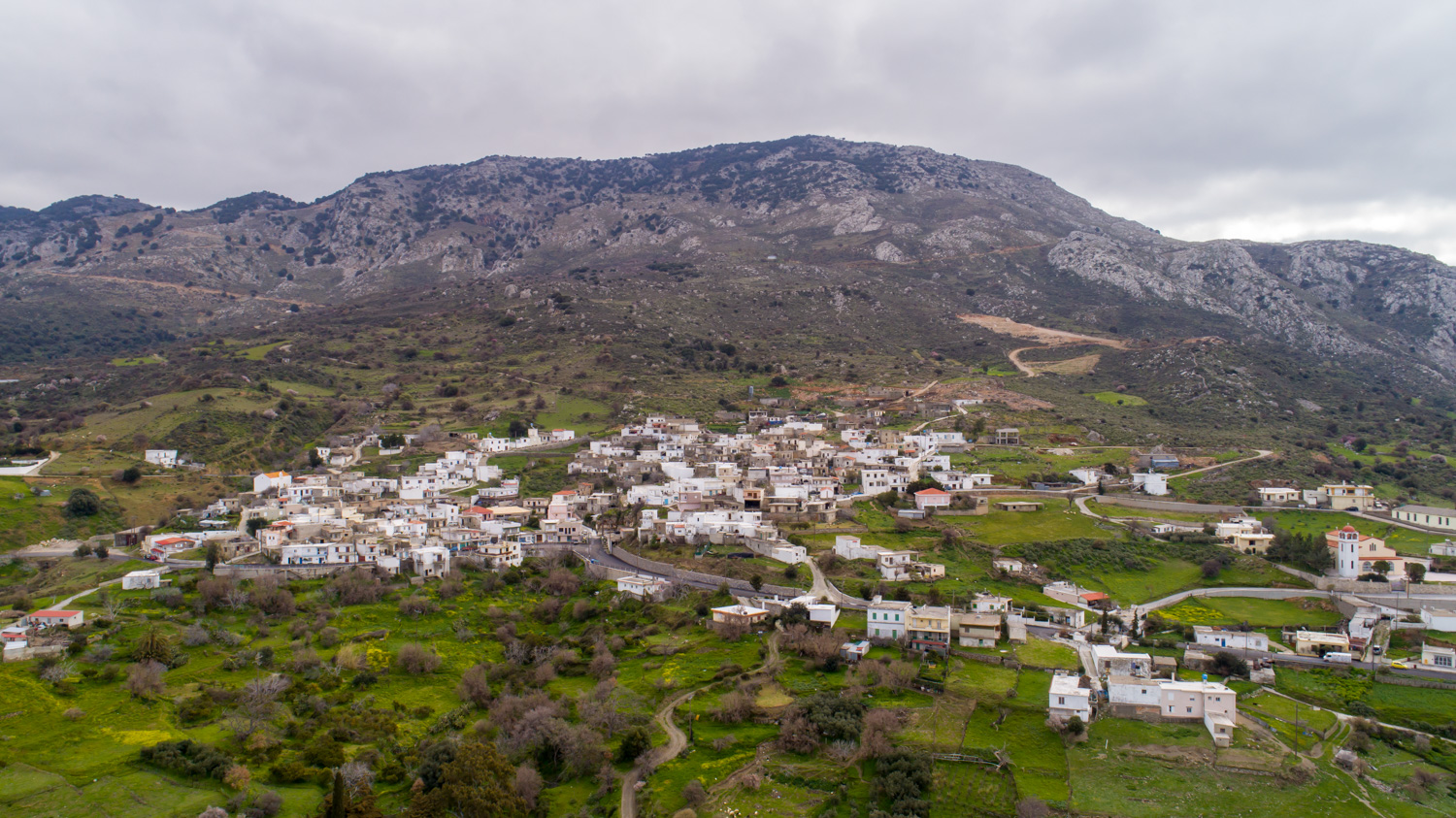
Nithavri
Nithavri, built amphitheatrically on the south-western slope of Psiloritis at an altitude of 500 m, has a wonderful view of the peaks of Psiloritis and the Amari Valley that reaches the South Cretan Sea. Nithavri with about 400 inhabitants is a large livestock settlement, famous for the dairy products it produces. It has been inhabited for centuries and its first mention appears in a Venetian document of 1577 AD. The central church of the village is the church of Saint Nektarios, which celebrates on November 8. There are also two other modern churches in the village dedicated to Christ the Savior and Archangel Michael. Also, there is the small church of Panagia Asfentamiani in a wonderful location with greenery and an amazing view, about 2 km northeast of the village and at a higher altitude. Nithavri is a lively village, where visitors can find small shops, cafes, and taverns serving local delicacies. The main square, which is adorned by an elegant stone fountain with running water, built at the base of a rock at the beginning of the 20th century, is located at the heart of the settlement. Finally, Nithavri is also known for the ancient cave of Onimarchos, located northeast of the village at an altitude of 700m, in the location of Kalikas. At its rocky entrance, the name ONYMA(P)XOC is engraved and you can see stalactites and stalagmites inside. Archaeological finds confirm that the cave’s centuries-long use starts from the prehistoric period and reaches the time of the Turkish occupation when it used to be a hiding place for brave Cretan chieftains. The village celebrates every year on the 6th of August, the day of the Transfiguration of the Savior, a day when the village’s traditional festival is usually held.
